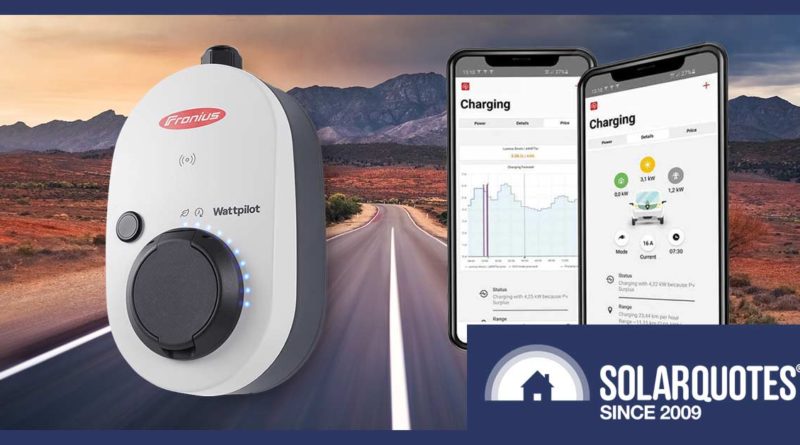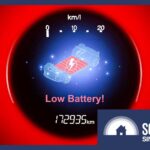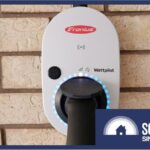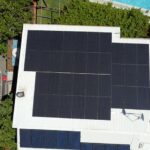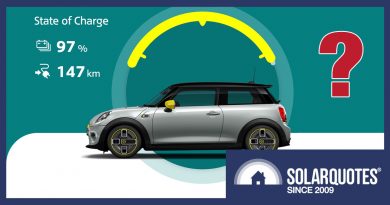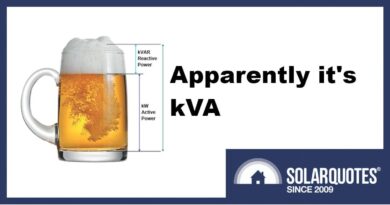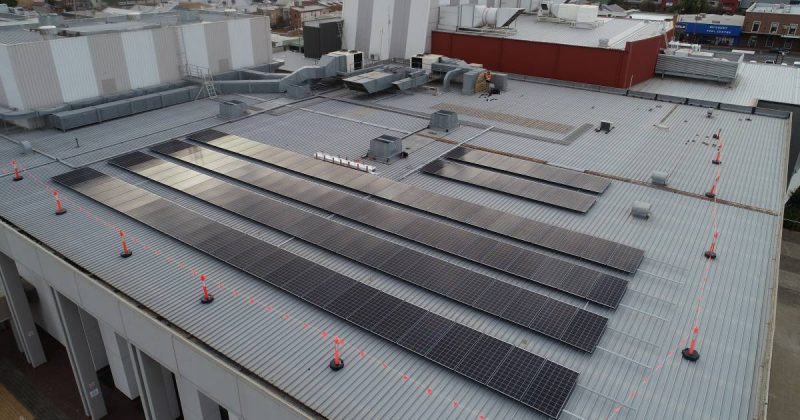Fronius Wattpilot: A Smart EV Charger With A Short Warranty
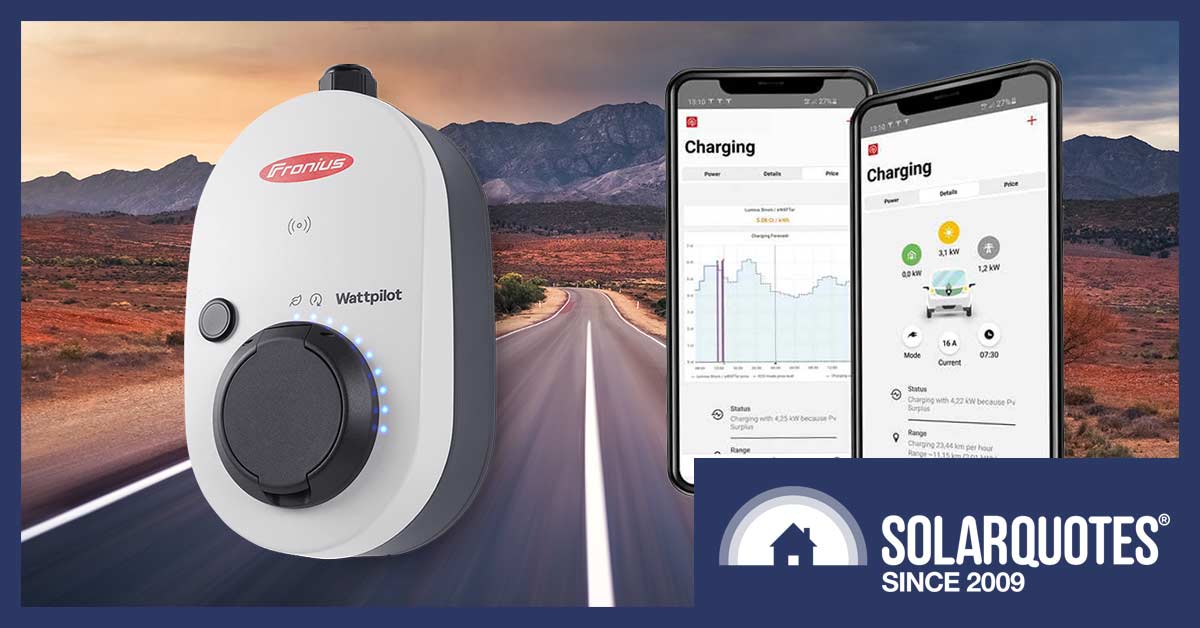
The Fronius Wattpilot finally launches in Australia
I have good news if you want to charge an electric vehicle with Austrian technology. Fronius Australia launched their Wattpilot EV charger last week. Last week we were told it would be available here “in a couple of weeks”. A surprisingly imprecise period of time, given they are Austrian.
Some major Wattpilot points are…
- There are three versions.
- 11 kW
- 22 kW
- 22 kW with a plug – so it’s portable
- All Wattpilots can be wired as single or 3-phase.
- To charge at more than 7.3 kW, you need 3-phase.
- The chargers can go as low as 1.38 kW – handy for scavenging surplus solar electricity.
- Most electric vehicles in Australia are limited to 16 kW AC or less.
- They can do smart solar charging if you have a Fronius solar inverter and smart meter.
- They come with an ID fob so only you can charge.
- You can buy up to 10 different ID fobs, allowing multiple users.
- The 22 kW version is around $1,800 not including installation.
- It does not come with a charging cable.
The Wattpilot only has a two-year warranty despite Fronius’ reputation for making reliable electronics. While this is similar to other EV chargers, it doesn’t make the Wattpilot’s warranty good. It simply means they all have shithouse warranties1.
I’ll explain the Wattpilot versions below. First, I’ll make fun of the name because I can’t help myself.

“Wattpilot?”
Before diving into the details, if you want to read up on EV chargers in general, I recommend checking out our EV Charger 101 Guide. It’s so good, UK charger company MyEnergi send us a long ‘legal’ letter about it2.
Three Wattpilot Variants
The Wattpilot is far more restrained than COVID, as it only has three variants. This table from Fronius gives some of their tech specs:
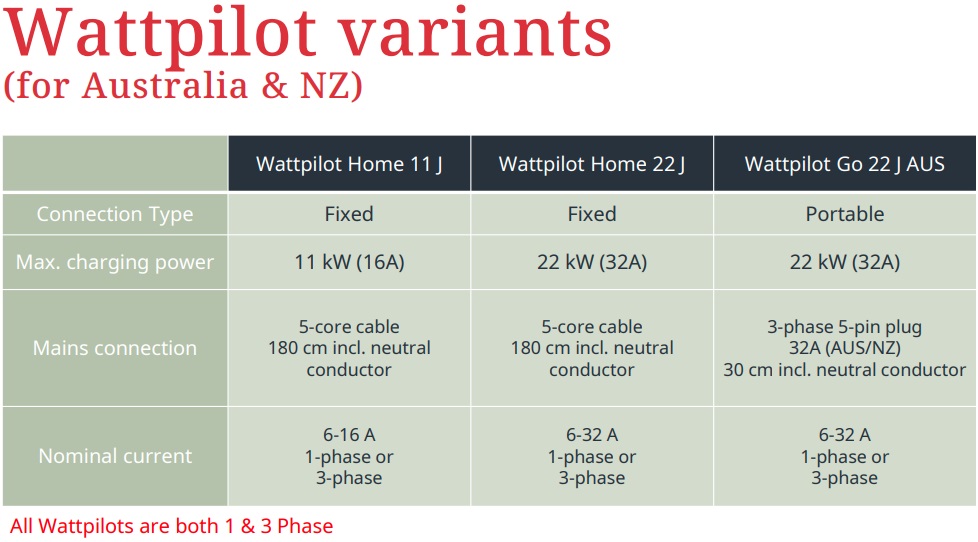
Slide: Fronius
If you understand what all the words in the above table mean, that’s great! But if you don’t have a clue, don’t worry. I’ll explain everything in terms even I can comprehend.
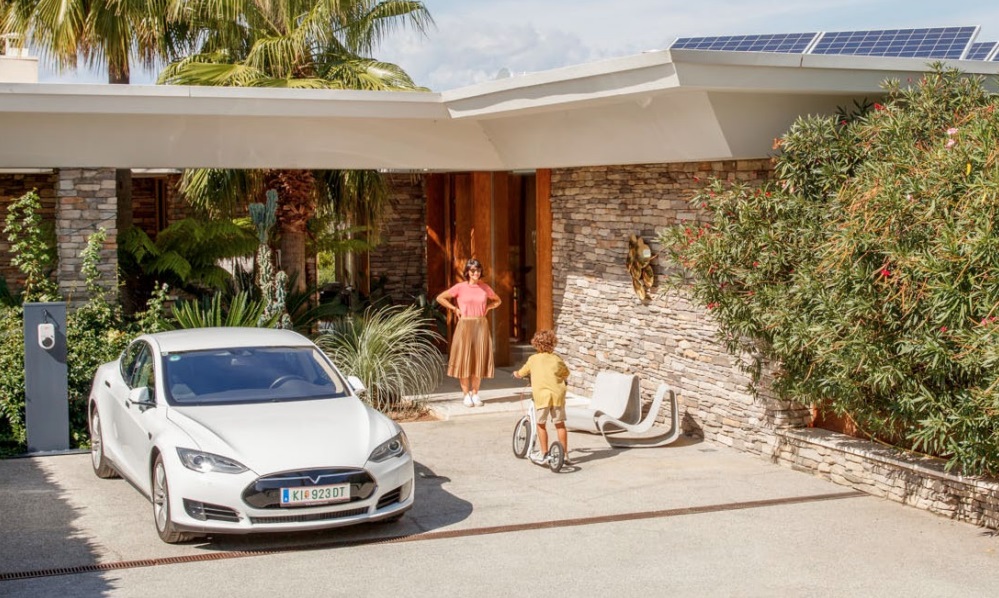
“Young man, don’t make me tell you again! Put the steering wheel back on the correct side of the car this instant!” Image: Fronius
Wattpilot Home 11J — 11 Kilowatts
The wimpiest version of Wattpilot is the ‘Home 11J’. It can supply 11 kW, half what the other two can. But this often won’t be a drawback because there are many situations an EV can’t charge at 11 kW no matter which Wattpilot is used.
These include:
- Homes with single-phase power won’t be able to charge at over 7.3 kW.
- Many electric vehicles can only charge at 11 kilowatts or less because they are limited by their onboard AC chargers3. (Note most electric cars can charge much faster if a large DC rapid charger is used — but you’ll have a hard time installing one of these at home.)
- Some homes may be limited in how much power they can reliably supply due to wiring or grid connection limits.
- The charger cable used can be a limiting factor. If you want to charge at more than 7.3 kW, you need a 3-phase cable as well as a 3-phase charger.
If you have 3-phase power I recommend the 22 kW Wattpilot even if your EV can only charge at 11 kW or less. There are a couple of reasons why:
- So you’ll be ready if you get a car that can charge faster in the future.
- A friend with a faster-charging EV may visit.
The advantage of the 11 kW Wattpilot is it’s likely to be a little cheaper. Normally, I’d recommend people be careful with their money, but if you can afford a new EV you can afford a few hundred bucks extra for a 22 kW capable charger.
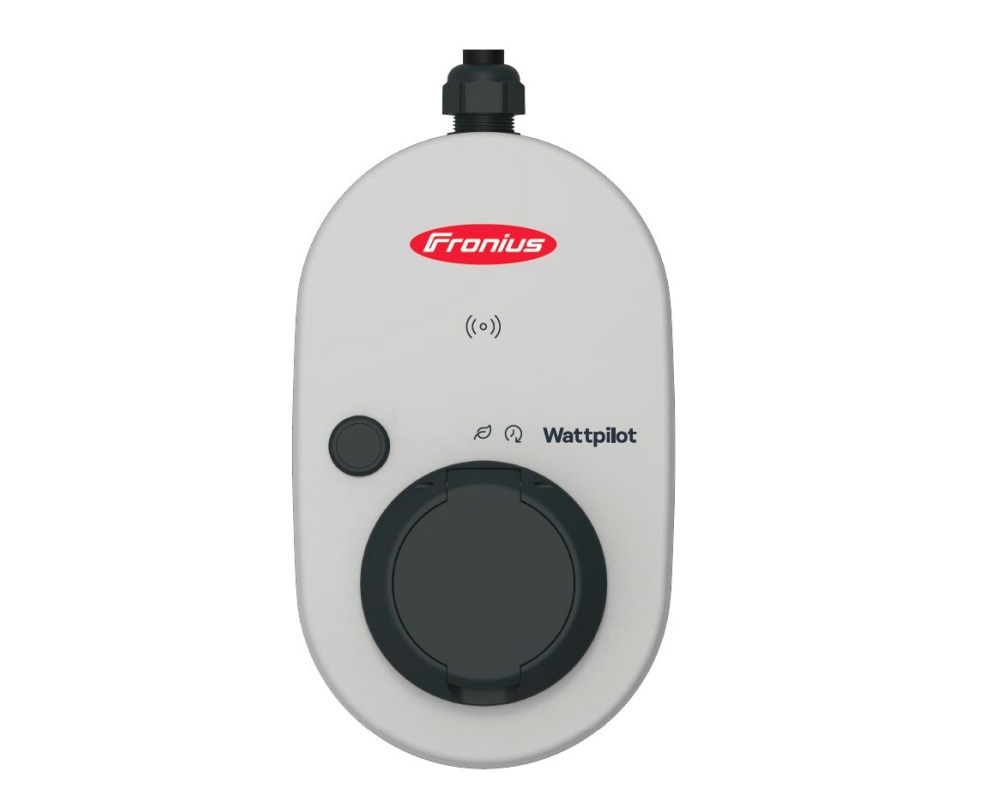
The Wattpilot is such a marvel of design it looks like a plastic tear shed by an Austrian robot god. Image: Fronius
Wattpilot Home 22J — 22 Kilowatts
THe 22J can charge at 22kW, but the only car I know of in Australia that can charge at 22 kW from an AC charger such as the Wattpilot Home 22J is the Renault Zoe.
This graph shows the max AC charge speeds of Australian EVs in km-added-per-hour.
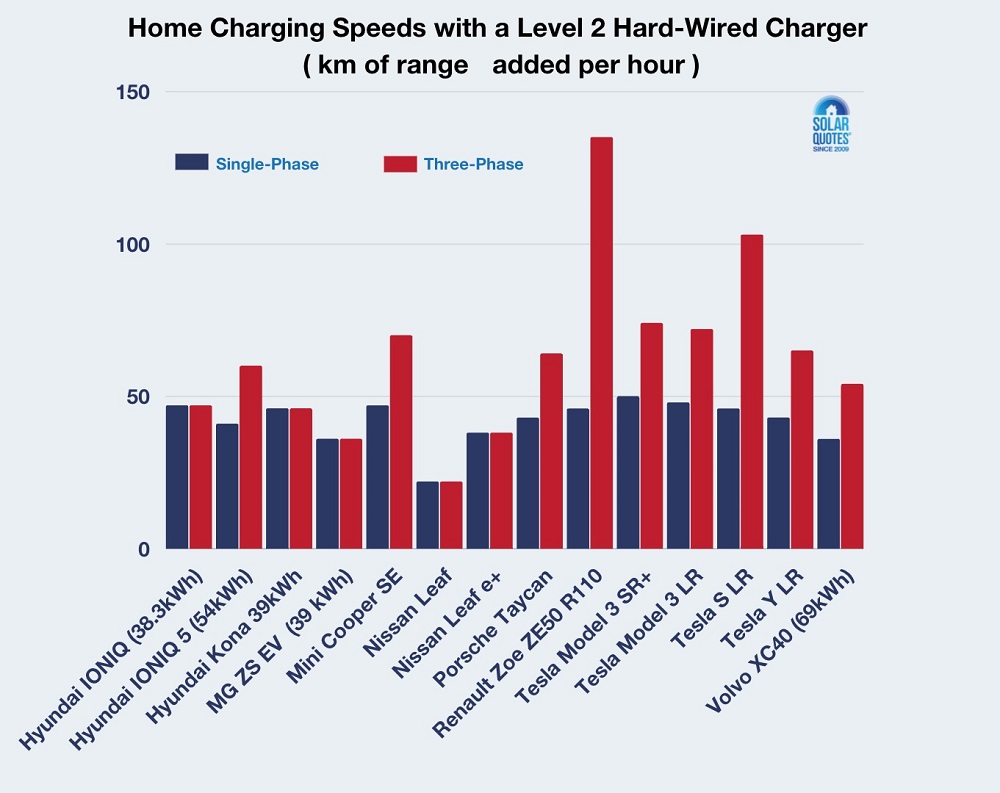
This graph is from my article “How Fast Can I Charge My EV At Home“, which I re-read before writing this article. “I don’t read anybody else, When I write on EV chargers, I plagiarize myself…”
I have a reasonably solid estimate of the price of the 22 kilowatt Wattpilot. Not including installation, you can expect it to set you back around $1,800. You’ll also need a charging cable. Depending on how much work is required, with installation and a cable it could cost you around two and a half thousand dollarydoos.
Wattpilot Go 22J AUS — 22 Kilowatt Portable EV Charger
Unlike most EV chargers, the Wattpilot Go is portable. Whether or not that’s useful will depend on finding a suitable, industrial-style 3-phase socket to plug into. Or an industrial single-phase socket and adaptor lead.
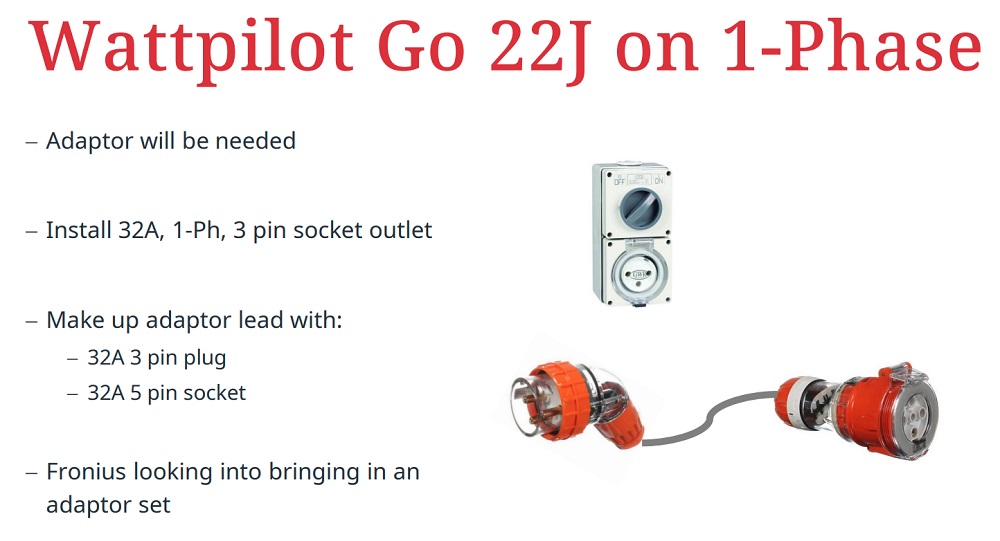
If you have single-phase power, you need an adapter to plug in the Wattpilot Go. Fronius doesn’t currently produce their own adapter but may in the future. Slide: Fronius
In theory, buying just one portable Wattpilot lets you charge at home, at work, at your parents’, and sneakily at your neighbour’s when they’re on holiday. Just note that it will cost several hundred dollars to install the correct socket. This can also result in uncomfortable questions if you have one installed in your neighbour’s driveway without their permission.
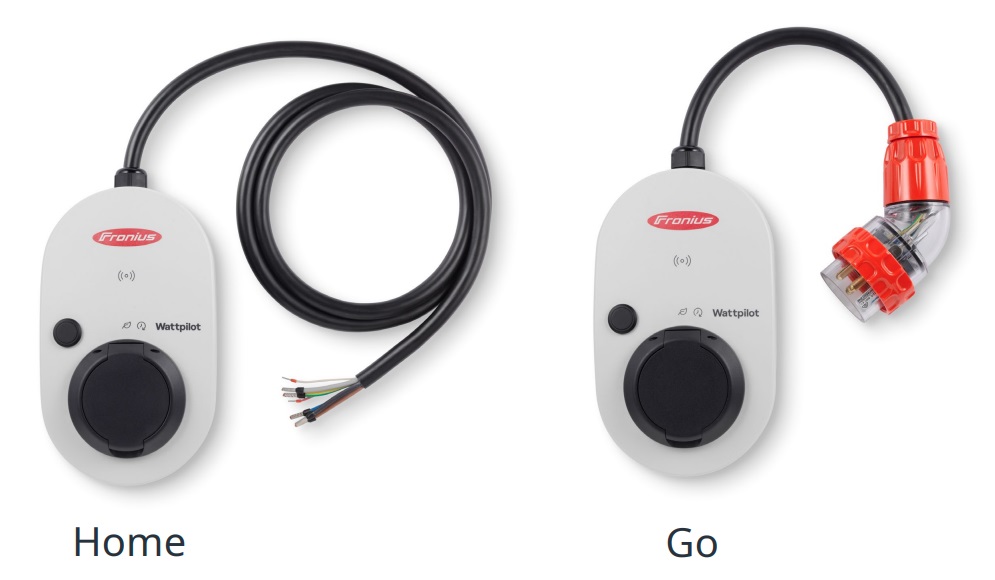
The home versions are hardwired, while the Go version gets to go. On both of them, the large dark circle is the socket cover, while the small dark circle is a button to adjust the charge rate. Image: Fronius
Size
The Wattpilot is pretty small. Its dimensions and weight are:
- Length: 25.1 cm
- Width: 14.6 cm
- Depth: 9.6 cm
- Weight: 1.3 kg (11 kW), 1.6 kg (22 kW)
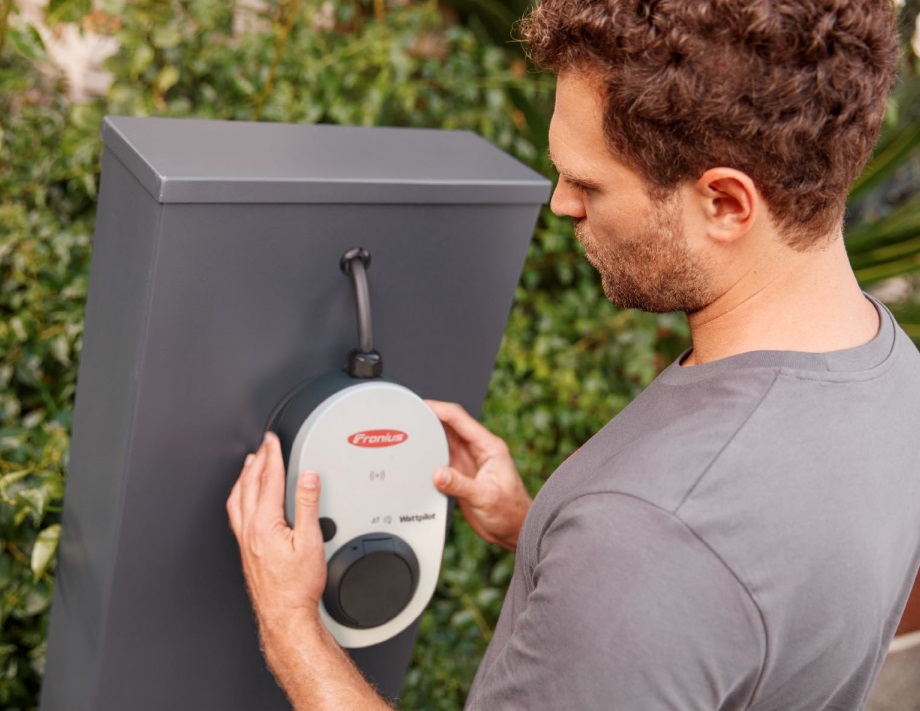
Here’s one of the few pictures provided by Fronius showing how small it is. As small size is important for the portable version, you’d think they’d make a bigger deal out of it. All three versions have identical dimensions. Image: Fronius
Ingress Protection
The Wattpilot’s Ingress Protection rating is IP554. This allows it to be installed outside. When the charging cable is connected, Ingress Protection rating drops to IP44. This means it should be safe to use when it’s raining, but don’t go hosing it down when it’s in use. Or any other time for that matter. It’s bad luck to hose EV chargers no matter what their IP rating.
Not Included: A Charging Cable
It doesn’t come with a cable that connects the charger to the vehicle. You’ll have to get a ‘Type 2 to Type 2’ cable yourself and they start at $250. If you have a 22 kW Wattpilot, make sure it’s a 22 kW, 3-phase cable. A 5-metre cable weighs around 2.4 kg, which is more than the Wattpilot Go.
Included: 1 ID Chip
Every Wattpilot comes with a little plastic fob that contains an RFID chip. You can put it on your keyring and use it to unlock the Wattpilot so others can’t use it. Up to 10 different chips can be used with a single Wattpilot, but if you want more one, you’ll have to order them. Many people won’t bother with this feature, as it’s unlikely strangers will drive up to your charger and steal electricity. Despite this, I think it should come with two chips, as most cars have more than one main driver.
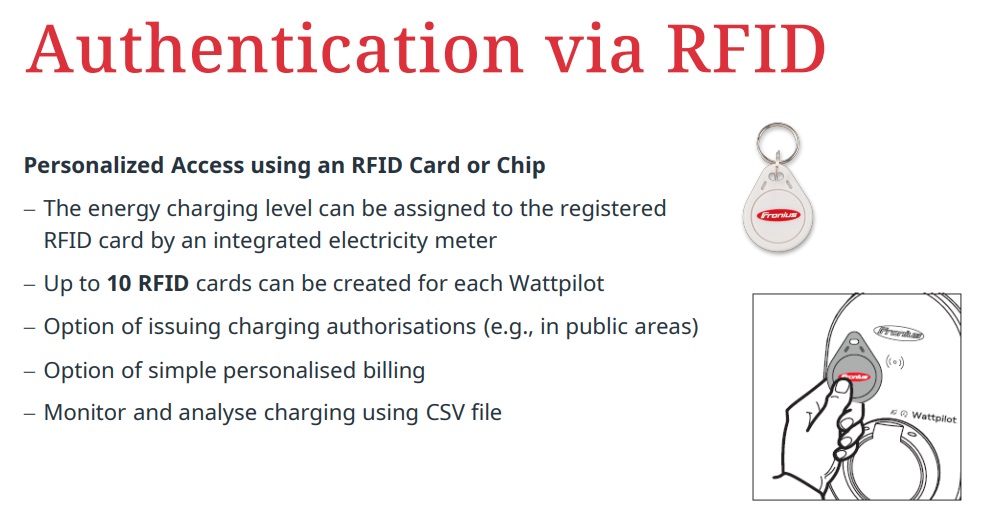
Slide: Fronius
Fronius Wattpilot Smart Features
The Wattpilot has some “smart” features, but they can only be used with a Fronius solar inverter and smart meter. It can work with older Fronius inverters, so it’s not necessary to have the latest GEN24 inverter.
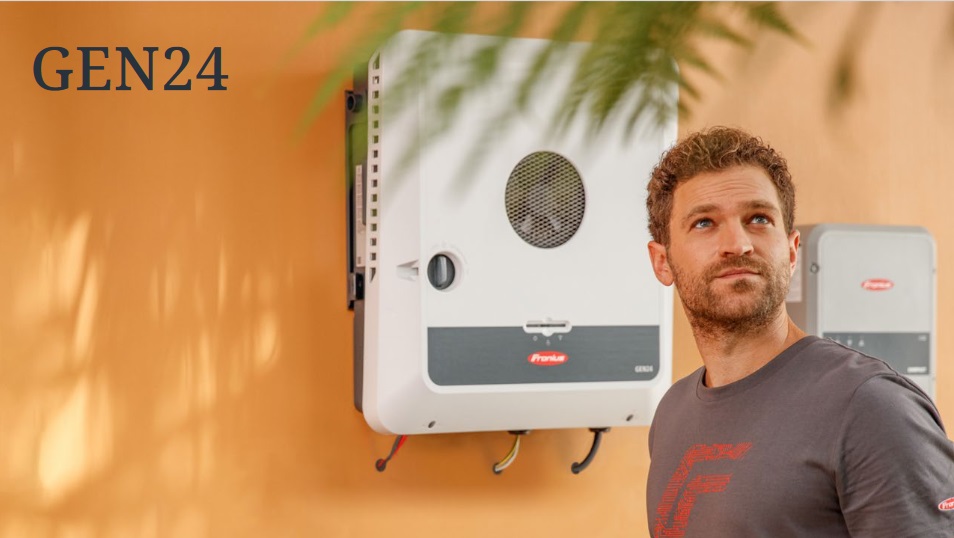
Here is a badly photoshopped picture of a Fronius Gen24 that makes it look bloody enormous. What they did get right is the wistful sadness in the eyes of the permed man as he realizes that, unlike earlier models, the fan is much slower and quieter and no longer doubles as a hair dryer. Image: Fronius
You will also need an internet connection, because the Wattpilot comms are entirely wireless.
If you are not going to make use of any of the smart features, you could get a cheaper dumb EV charger. But if a Fronius Wattpilot is what you want, don’t let me stop you.
I’ll briefly cover two of its smart features:
- PV surplus charging, and…
- Scheduling.
It, of course, has an app. Since we’re almost at the point where sausages at the supermarket have an app, I probably don’t need to mention this.
PV Surplus Charging
With a Fronius inverter and smart meter, the Wattpilot allows PV surplus charging. This will charge your EV with your excess solar electricity.
It’s not perfect, as it requires your solar power system to be exporting at least 1.38 kW before it activates. But it’s a lot more perfect than some other 3-phase chargers that have a minimum charging power closer to 4 kW.
The Fronius cleverly switches to 1-phase charging below 4.14 kW so you can take advantage of surplus solar power down to 1.38 kW.
Without this feature, 3-phase chargers would not be able to use the light green area in the slide below
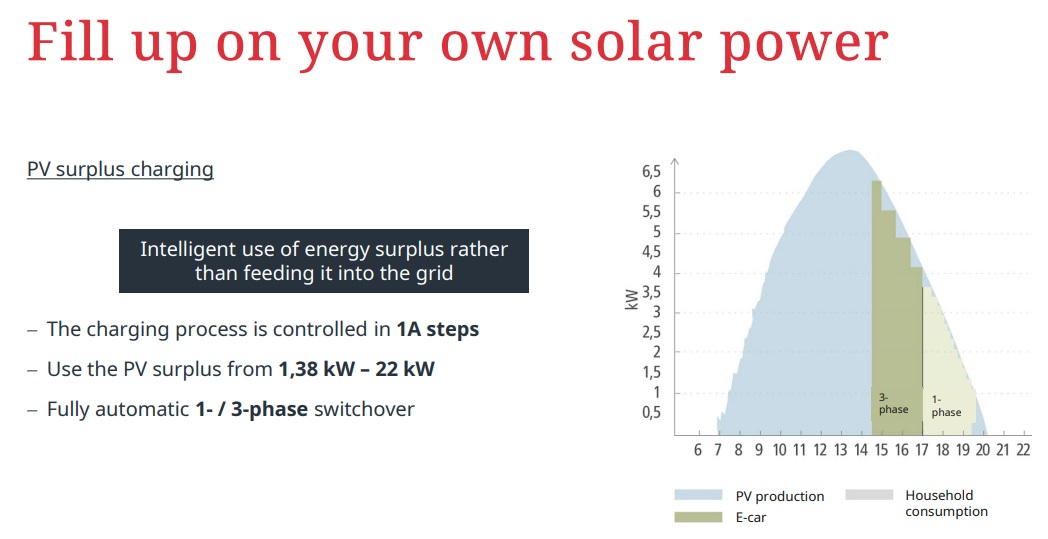
Note those crazy Austrians like to use commas instead of decimal points, so that’s 1.38 kW. Slide: Fronius
Scheduling
In Europe, the Wattpilot can automatically take advantage of some dynamic electricity tariffs, and for example, charge when electricity is below a certain price, or negative.
This feature is not available as a Fronius-supported feature in Australia, but you could use the ChargeHQ app with Amber Electric to achieve the same outcome. Or if you are on a standard time-of-use tariff, you can manually schedule charging to be at off-peak or super-off-peak times via the app.
A Longer Warranty Is Warranted
I’d expect an EV charger made by Fronius to be reliable, but Fronius seems to have less confidence in their work than I do. They only give a two-year warranty. I understand EV chargers are fairly new, but if you can’t trust Austrians to make reliable electronics, who can you trust5?
If Fronius isn’t prepared to beat their competition with at least a five-year warranty, they should go back to the drawing board and come up with a design they’re confident will last. If they’re not willing to do that, they should petition to change their country’s name to “Fake Austria” if it’s not going to live up to its reputation for quality manufacturing.
Footnotes
- In my opinion! ↩
- Finn is planning on writing about their threats soon. ↩
- I’m calling the Wattpilot an EV charger because that’s what everyone seems to call them. But the actual charger is in the car itself. Wattpilots and other home EV chargers are actually “Electric Vehicle Supply Equipment” and not chargers at all. Their purpose is to assist the onboard charger in the vehicle. But to avoid confusion — and also because I could not be arsed writing “Electric Vehicle Supply Equipment” throughout the article — I’m calling them chargers. ↩
- Older versions sold in Europe have an IP rating of IP45. ↩
- There’s a reason why Terminators have Austrian accents. ↩
Original Source: https://www.solarquotes.com.au/blog/fronius-wattpilot-review/

